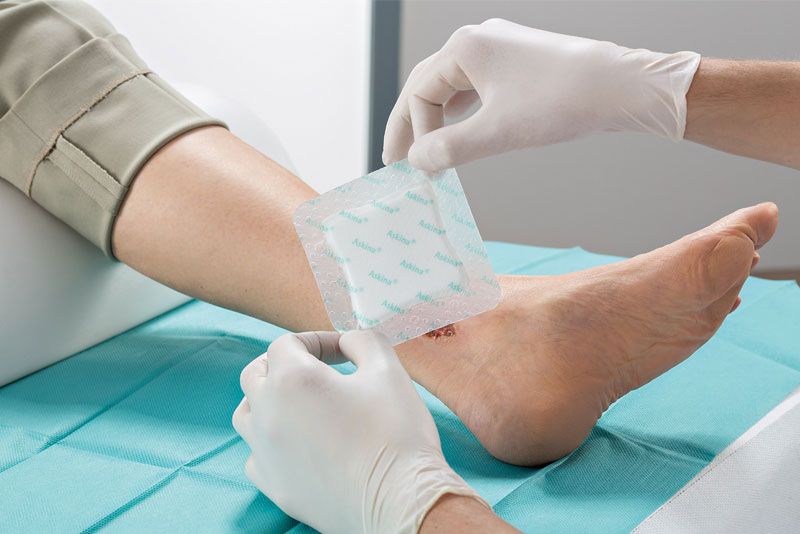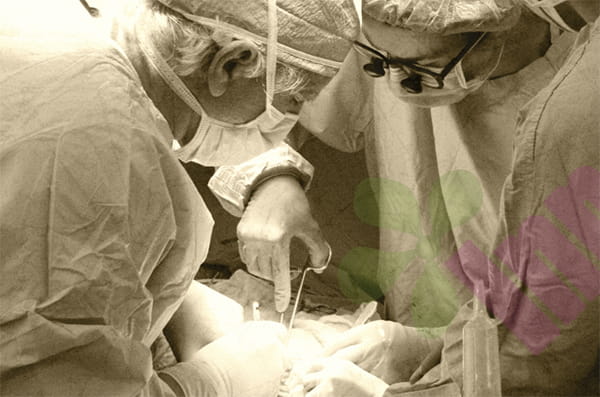Wound care is an inevitable part of daily life, but many people make mistakes when doing so. These mistakes not only delay healing but can also increase the risk of infection. Understanding these mistakes and mastering the correct methods are crucial to promoting wound healing.

Myth 1: Wounds should be kept dry and scabby
Many people believe that scabs are a sign of wound healing. However, hard scabs actually hinder epithelial cell migration. A dry environment reduces cell activity and slows healing. The correct approach is to keep the wound moderately moist, using hydrocolloid or foam dressings to maintain a moist environment. Moist healing accelerates cell proliferation and migration, reduces pain, and reduces the risk of scarring.
Misconception 2: Frequent use of disinfectants
Disinfectants such as iodine tincture and alcohol are effective in killing bacteria when applied to wounds initially, but prolonged use can damage new tissue. These disinfectants are cytotoxic to fibroblasts and keratinocytes, hindering the healing process. The correct approach is to use normal saline solution for daily care after initial cleansing. For wounds at higher risk of infection, safer antimicrobial products such as silver-containing dressings can be used.
Myth 3: Wounds need to be exposed to air
While leaving wounds exposed to air may seem to help dry them, it actually increases the risk of infection. Air contains bacteria and dust, which can contaminate wounds. Exposed wounds are also more susceptible to friction and impact. The correct approach is to cover and protect them with an appropriate dressing. Dressings provide a physical barrier, maintain appropriate moisture, and absorb excess exudate.
Myth 4: Itchy wounds are a sign of infection
Itching during wound healing is generally normal. New tissue growth and nerve repair can cause itching. Epithelial cell migration can also cause mild itching. The key to distinguishing a wound is observing the presence of accompanying symptoms. Infection is often accompanied by increased redness, swelling, pain, increased drainage, or an unpleasant odor. Itching associated with normal healing can be relieved by applying a cool compress or gently patting the surrounding skin.
Myth 5: Antibiotics can speed up healing
Antibiotics are only effective against bacterial infections and have no effect on sterile wounds. Overuse of antibiotics can lead to bacterial resistance and bacterial imbalance. Topical antibiotic ointments can also cause contact dermatitis. The correct approach is to use antibiotics only when a doctor confirms an infection. Maintaining proper wound cleanliness and care is essential to prevent infection.
Myth 6: The less wound exudate, the better
A moderate amount of exudate is a normal part of wound healing. Exudate contains growth factors and immune cells that promote the repair process. Exudate that is too low may indicate wound dehydration, while excessive exudate raises concerns about infection. The correct approach is to select a dressing based on the amount of exudate. For low exudate, use a film dressing; for moderate exudate, a foam dressing; and for high exudate, an alginate dressing.
Myth 7: You can treat all wounds yourself
Some people are overconfident that they can treat all wounds, which can lead to delays in treatment. Deep wounds, animal bites, and severe burns all require professional medical attention. Wounds in people with diabetes or those with weakened immune systems require even greater caution. The right approach is to understand your own limits. If a wound is deeper than 0.5 cm, bleeding persists, or signs of infection appear, seek medical attention promptly.
Myth 8: Wounds don’t need further care after they heal
Surface healing doesn't guarantee complete recovery. Subcutaneous tissue is still in the process of remodeling, maintaining only 70% of its normal strength. New skin is sensitive and fragile, requiring special care. The right approach is to continue caring for it for 2-4 weeks. Use sunscreen to prevent hyperpigmentation, apply moisturizer to maintain skin elasticity, and massage gently to soften the tissue.
For more information on Innomed®Silicone Foam Dressing Non Bordered, refer to the Previous Articles. If you have customized needs, you are welcome to contact us; You Wholeheartedly. At longterm medical, we transform this data by Innovating and Developing Products that Make Life easier for those who need loving care.
Editor: kiki Jia

 English
English عربى
عربى Español
Español русский
русский 中文简体
中文简体








